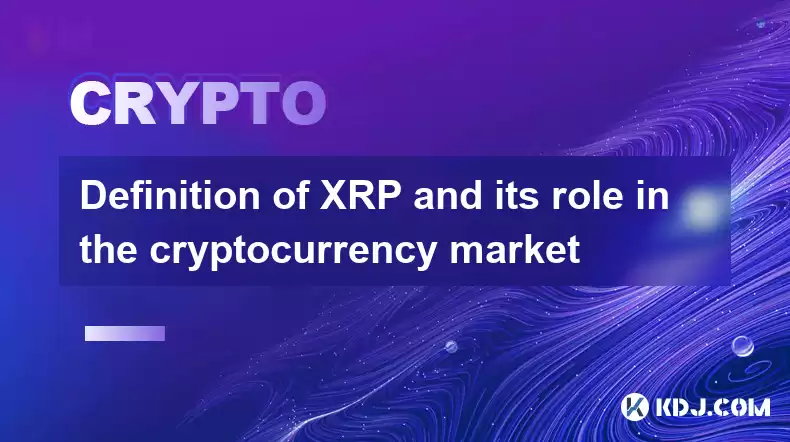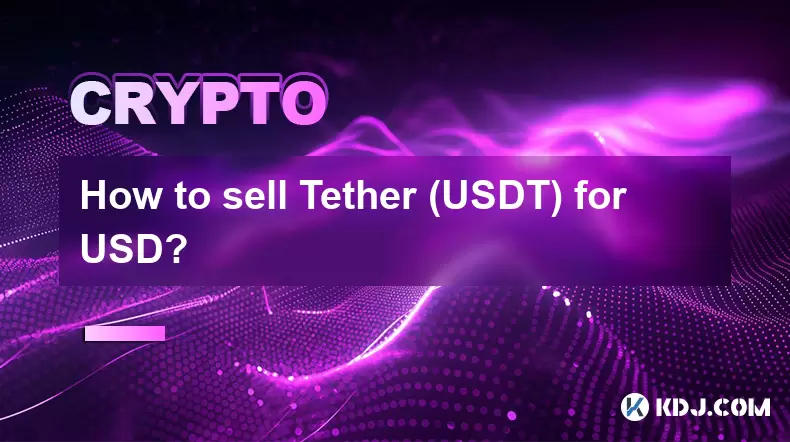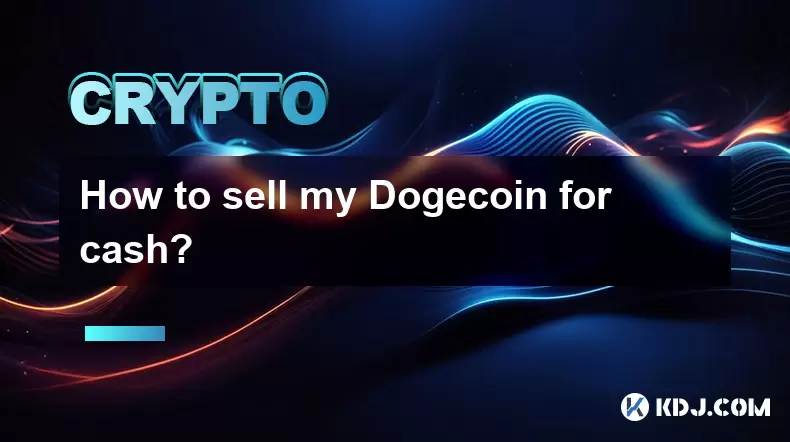-
 Bitcoin
Bitcoin $115100
1.27% -
 Ethereum
Ethereum $3675
2.71% -
 XRP
XRP $2.995
1.45% -
 Tether USDt
Tether USDt $1.000
0.02% -
 BNB
BNB $769.8
2.64% -
 Solana
Solana $168.0
3.25% -
 USDC
USDC $0.9999
-0.01% -
 TRON
TRON $0.3371
1.48% -
 Dogecoin
Dogecoin $0.2051
3.36% -
 Cardano
Cardano $0.7394
2.30% -
 Hyperliquid
Hyperliquid $38.15
0.42% -
 Stellar
Stellar $0.3966
-0.36% -
 Sui
Sui $3.486
2.93% -
 Chainlink
Chainlink $16.72
2.52% -
 Bitcoin Cash
Bitcoin Cash $568.0
4.36% -
 Hedera
Hedera $0.2440
2.59% -
 Ethena USDe
Ethena USDe $1.001
0.04% -
 Avalanche
Avalanche $22.16
2.06% -
 Litecoin
Litecoin $119.1
-0.73% -
 UNUS SED LEO
UNUS SED LEO $8.991
0.04% -
 Toncoin
Toncoin $3.232
-0.39% -
 Shiba Inu
Shiba Inu $0.00001233
2.82% -
 Uniswap
Uniswap $9.717
2.53% -
 Polkadot
Polkadot $3.664
1.85% -
 Dai
Dai $1.000
0.01% -
 Monero
Monero $281.2
-3.89% -
 Bitget Token
Bitget Token $4.350
1.55% -
 Cronos
Cronos $0.1428
5.07% -
 Pepe
Pepe $0.00001050
3.68% -
 Aave
Aave $262.3
3.54%
Definition of XRP and its role in the cryptocurrency market
XRP, a cryptocurrency distinct from Bitcoin, facilitates fast cross-border payments via the Ripple network. Despite Ripple Labs' involvement, XRP's decentralized nature and ongoing legal battles create market volatility and uncertainty.
Mar 14, 2025 at 08:40 am

Key Points:
- XRP's definition as a cryptocurrency and its distinction from other cryptocurrencies.
- XRP's primary function as a bridge currency facilitating cross-border transactions.
- The role of Ripple Labs in developing and managing XRP.
- The controversies and legal challenges surrounding XRP and its impact on the market.
- Understanding XRP's technological underpinnings and its potential future applications.
- Analysis of XRP's price volatility and market capitalization.
Definition of XRP and its role in the cryptocurrency market
XRP, short for Ripple, is a cryptocurrency designed to enable fast and efficient cross-border payments. Unlike Bitcoin or Ethereum, which are primarily used as stores of value or platforms for decentralized applications, XRP's core functionality is as a bridge currency. This means it facilitates the exchange of different fiat currencies and cryptocurrencies, acting as an intermediary to streamline transactions.
The Ripple network, a payment processing network, utilizes XRP to facilitate these transactions. This network allows financial institutions to send and receive money across borders quickly and at a lower cost compared to traditional banking systems. Its speed and efficiency are key selling points, contrasting with the slower transaction times of some other cryptocurrencies.
Ripple Labs, a technology company, created and manages the XRP Ledger, the underlying technology behind XRP. While Ripple Labs plays a significant role, it's important to note that XRP is not directly controlled by them, existing as a decentralized cryptocurrency. However, the company's influence on the development and adoption of XRP remains substantial.
XRP's Technological Underpinnings
XRP operates on a distributed ledger technology (DLT) called the XRP Ledger. This is a unique aspect, distinguishing it from blockchain-based cryptocurrencies. The XRP Ledger is designed for high transaction throughput and low latency, making it suitable for the rapid processing of payments. Its consensus mechanism, a key aspect of its functionality, differs from Proof-of-Work or Proof-of-Stake, offering a faster and more energy-efficient method of validating transactions.
The XRP Ledger's design aims for scalability and efficiency. These features are critical for its intended purpose of facilitating high-volume, cross-border transactions where speed and low cost are paramount. The network's structure allows for rapid confirmation of transactions, a crucial advantage in international finance.
XRP's Role in Cross-Border Payments
XRP's primary function is to expedite cross-border payments. Traditional methods often involve multiple intermediaries, leading to delays and high fees. XRP, acting as a bridge currency, streamlines this process. Banks and financial institutions can use the Ripple network to convert one currency into another, using XRP as an intermediary, thereby reducing transaction times and costs.
The speed and low cost associated with XRP transactions make it an attractive alternative to traditional banking systems, especially for international remittances. This efficiency is a significant factor driving its adoption within the financial sector, although widespread adoption remains a goal.
Controversies and Legal Challenges
XRP has faced significant regulatory scrutiny, particularly in the United States. The Securities and Exchange Commission (SEC) filed a lawsuit against Ripple Labs, alleging that XRP is an unregistered security. This legal battle has significantly impacted XRP's price and market perception. The ongoing case creates uncertainty for investors and hinders the cryptocurrency's wider adoption.
The SEC's case hinges on how XRP is distributed and marketed. The outcome of this legal battle will have profound implications for the cryptocurrency market and the future of XRP. The uncertainty surrounding the case continues to influence the market's perception of XRP's long-term viability.
XRP's Price Volatility and Market Capitalization
XRP, like other cryptocurrencies, is known for its price volatility. Its market capitalization fluctuates considerably, influenced by various factors, including regulatory developments, market sentiment, and adoption rates. These fluctuations can present both opportunities and risks for investors. Understanding these market dynamics is crucial for anyone considering investing in XRP.
The price of XRP is heavily influenced by the news and events surrounding Ripple Labs and the ongoing legal battles. Positive developments can lead to price surges, while negative news often triggers significant price drops. Therefore, staying informed about the latest developments is vital for anyone involved in the XRP market.
XRP's Potential Future Applications
Beyond cross-border payments, XRP has the potential for various applications within the financial industry. Its speed and efficiency could be leveraged for other financial transactions, potentially disrupting traditional systems. Further development and adoption could expand its role within the broader cryptocurrency ecosystem.
However, the future of XRP heavily depends on the outcome of the ongoing legal challenges and the overall regulatory landscape. Widespread adoption will likely depend on resolving these uncertainties and gaining clearer regulatory clarity.
Frequently Asked Questions:
Q: What is the difference between XRP and Bitcoin?
A: XRP is designed primarily for fast and efficient cross-border payments, acting as a bridge currency. Bitcoin, on the other hand, is primarily a store of value and a decentralized digital currency. They have different functionalities and target different user bases.
Q: Is XRP a security?
A: This is a complex and contested issue. The SEC alleges that XRP is an unregistered security, while Ripple Labs maintains that it is not. The outcome of the ongoing lawsuit will determine the legal classification of XRP.
Q: How does XRP work?
A: XRP operates on the XRP Ledger, a distributed ledger technology. It facilitates fast and low-cost transactions, acting as an intermediary for currency exchanges. Its consensus mechanism differs from those of other cryptocurrencies, allowing for faster transaction processing.
Q: What is Ripple Labs' role in XRP?
A: Ripple Labs created and manages the XRP Ledger, but XRP itself is a decentralized cryptocurrency. Ripple Labs' influence on XRP's development and adoption remains significant, but it does not directly control the cryptocurrency.
Q: Is XRP a good investment?
A: Investing in XRP, like any cryptocurrency, carries significant risk due to its volatility and the uncertainties surrounding its regulatory status. Potential investors should carefully research and assess their risk tolerance before making any investment decisions.
Disclaimer:info@kdj.com
The information provided is not trading advice. kdj.com does not assume any responsibility for any investments made based on the information provided in this article. Cryptocurrencies are highly volatile and it is highly recommended that you invest with caution after thorough research!
If you believe that the content used on this website infringes your copyright, please contact us immediately (info@kdj.com) and we will delete it promptly.
- HashFlare Founders Face the Music: Jail Time Looms?
- 2025-08-07 14:30:12
- Pepeto's Pounce: Meme Coin Mania Meets Blockchain Infrastructure
- 2025-08-07 15:10:12
- Parataxis, SPAC Merger, and Bitcoin Treasury: A New York Minute on Crypto's Latest Moves
- 2025-08-07 15:30:12
- Toshi on Binance.US: A Memecoin's Big Break
- 2025-08-07 14:30:12
- Bitcoin, SPAC Mergers, and Parataxis: A New Yorker's Take on Crypto's Wall Street Moment
- 2025-08-07 14:50:27
- Bitcoin, Collateral, and Loan Strategies: A New York Minute on the Future of Finance
- 2025-08-07 14:50:27
Related knowledge

How to sell Tether (USDT) for USD?
Aug 07,2025 at 03:29pm
Understanding Tether (USDT) and Its USD ValueTether (USDT) is a stablecoin designed to maintain a 1:1 value ratio with the United States Dollar (USD)....

How to sell my Bitcoincoin for cash?
Aug 07,2025 at 02:14pm
Understanding the Basics of Selling Dogecoin for CashSelling Dogecoin for cash involves converting your DOGE tokens into a fiat currency such as USD, ...

What is Chainlink (LINK)?
Jul 22,2025 at 02:14am
Understanding Chainlink (LINK): The Decentralized Oracle NetworkChainlink is a decentralized oracle network designed to bridge the gap between blockch...

What is Avalanche (AVAX)?
Jul 22,2025 at 08:35am
What is Avalanche (AVAX)?Avalanche (AVAX) is a decentralized, open-source blockchain platform designed to support high-performance decentralized appli...

What is Polkadot (DOT)?
Jul 19,2025 at 06:35pm
Understanding the Basics of Polkadot (DOT)Polkadot (DOT) is a multi-chain network protocol designed to enable different blockchains to transfer messag...

What is Litecoin (LTC)?
Jul 23,2025 at 11:35am
Overview of Litecoin (LTC)Litecoin (LTC) is a peer-to-peer cryptocurrency that was created in 2011 by Charlie Lee, a former Google engineer. It is oft...

How to sell Tether (USDT) for USD?
Aug 07,2025 at 03:29pm
Understanding Tether (USDT) and Its USD ValueTether (USDT) is a stablecoin designed to maintain a 1:1 value ratio with the United States Dollar (USD)....

How to sell my Bitcoincoin for cash?
Aug 07,2025 at 02:14pm
Understanding the Basics of Selling Dogecoin for CashSelling Dogecoin for cash involves converting your DOGE tokens into a fiat currency such as USD, ...

What is Chainlink (LINK)?
Jul 22,2025 at 02:14am
Understanding Chainlink (LINK): The Decentralized Oracle NetworkChainlink is a decentralized oracle network designed to bridge the gap between blockch...

What is Avalanche (AVAX)?
Jul 22,2025 at 08:35am
What is Avalanche (AVAX)?Avalanche (AVAX) is a decentralized, open-source blockchain platform designed to support high-performance decentralized appli...

What is Polkadot (DOT)?
Jul 19,2025 at 06:35pm
Understanding the Basics of Polkadot (DOT)Polkadot (DOT) is a multi-chain network protocol designed to enable different blockchains to transfer messag...

What is Litecoin (LTC)?
Jul 23,2025 at 11:35am
Overview of Litecoin (LTC)Litecoin (LTC) is a peer-to-peer cryptocurrency that was created in 2011 by Charlie Lee, a former Google engineer. It is oft...
See all articles

























































































